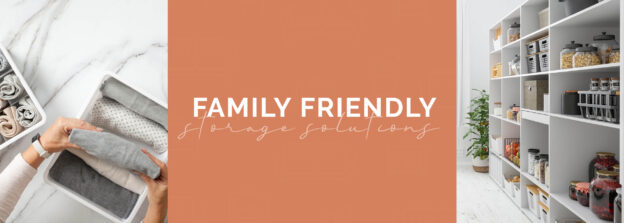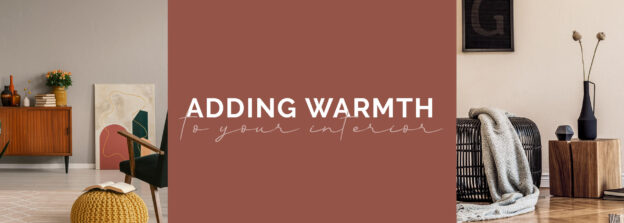The kitchen is often described as the heart of the home and as such is required to be not only a welcoming and aesthetically pleasing space, but a functional one too. Whether you are cooking dinner, packing lunches, emptying the dishwasher, or doing homework with the kids, the kitchen functions for all types of activities. In order to keep the space functioning well and to avoid frustration, the kitchen needs to have systems and organisation tools in place. Today we are sharing with you our favourite tips, tools, and products to help you organise and create flow in your kitchen.
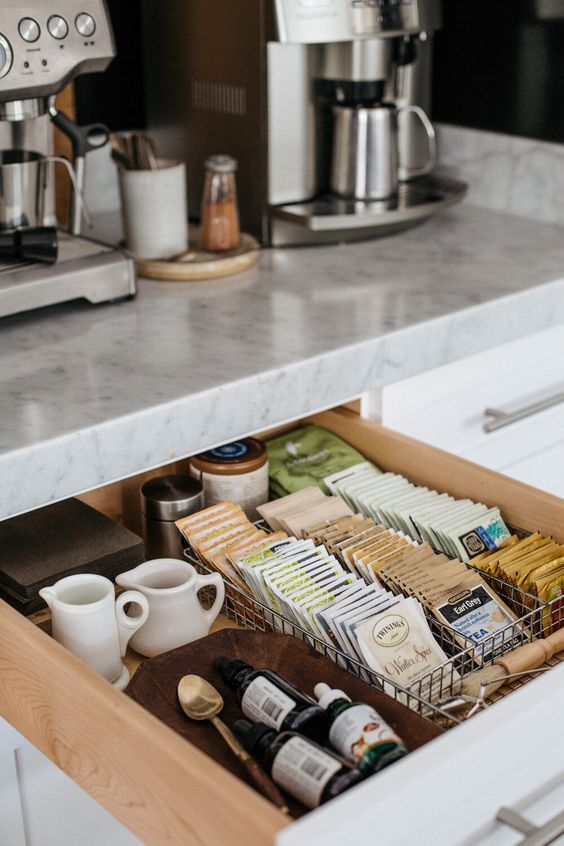 Create Zones
Create Zones
The working triangle is a common term used when designing kitchens as it refers to where the dishes are done, the food is stored, and the cooking is undertaken. Zones can also be created in other ways in the kitchen such as in your pantry, cupboards and drawers. To ensure breakfast time runs smoothly as a family and cooking dinner is a breeze, we recommend setting up zones within the pantry to enable this. Group like-minded items together such as cereals with spreads and pastas and rice with spices, sauces and oils. This saves you time in the long run as you know where everything is and can easily access the items you require. Zones can also be created within your cupboards and drawers by storing cooking items such as pots and pans near the stove and plates, bowls and glasses near the dishwasher for easy access when unloading. Create zones in your kitchen this weekend and thank us later!
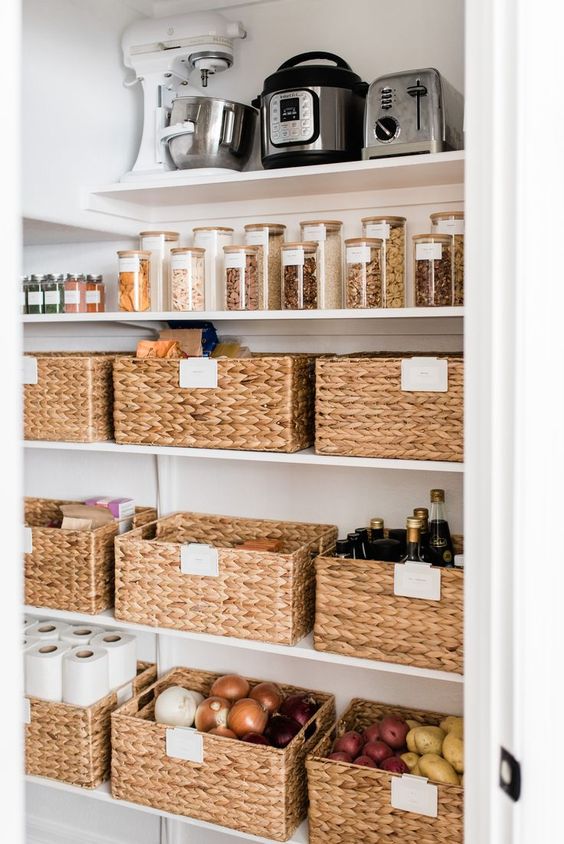 Use Baskets And Containers To Categorise
Use Baskets And Containers To Categorise
Baskets and containers are one of our favourite tools to use when organising a kitchen and pantry. In the pantry we suggest grouping likeminded items together and dedicating a basket for each category. The most common categories to use and are snacks, cooking, meal kits, baking, rice and noodles and of course backstock. Freedom and Howard’s Storage World have some gorgeous baskets that would up level any pantry and create a beautiful look in your home. Clear or white containers are great for areas such as under the sink where you can group items together such as cleaning, dishwashing, paper towels, sponges, and bin bags. Our biggest tip is to ensure you measure each space before purchasing to make sure you are buying baskets that fit correctly and utilise the space properly.
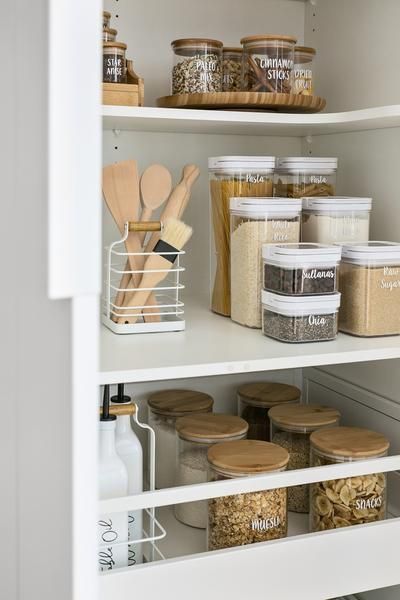 Label
Label
To create the ultimate Pinterest and Instagram-worthy organised kitchen and pantry you cannot forget to use labels. Labels not only look pretty but allow for each member of the family to know where to put things, helps with maintaining systems and makes it easy to know what items you require when creating your shopping list. We suggest adding labels to items such as decanted pantry staples in containers or jars, the categories of each basket of food products and the containers for your under-sink storage. Swing tags, acrylic tags or clips are best for baskets with handles whereas printed vinyl labels are perfect for containers.
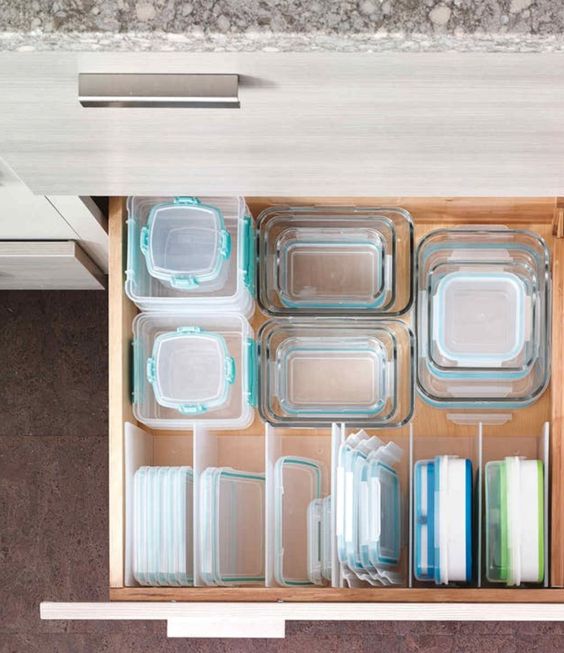 Drawer Dividers
Drawer Dividers
Drawer dividers are the saviour for any kitchen drawer, and we love using them to up level our kitchen organisation. The utensils drawer is the perfect place to use drawer dividers as you can sort by likeminded item and this in turn allows you to avoid rummaging around for the utensil you are looking for. They are also great for drawers that house your zip lock bags and food wraps to ensure these are stored in a neat and organised way. Other areas you can use drawer dividers in the kitchen are if you store your Tupperware, plates, bowls and pots and pans in drawers. Howard’s Storage World have some great options, so be sure to head in store to check out their range soon.
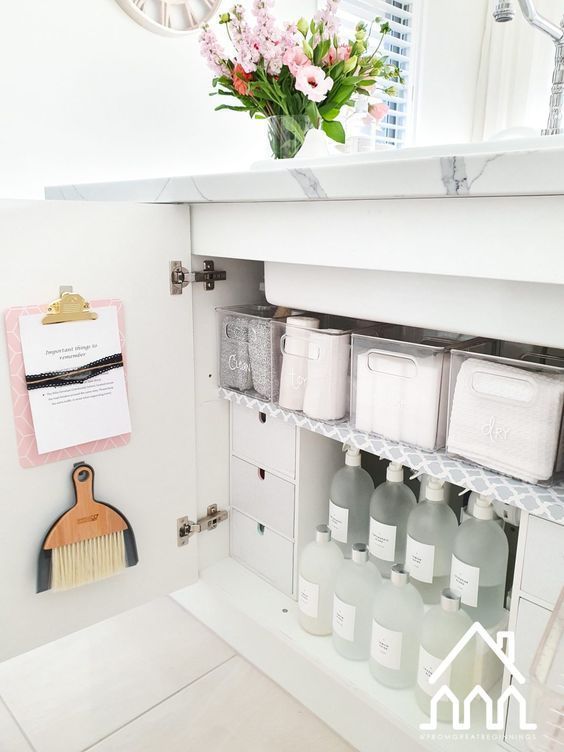 Maintaining Systems
Maintaining Systems
Once you have implemented your organisational systems in your kitchen and pantry it is essential to spend a little bit of time every few months to maintain them. Like everything in life, maintenance is the key to ensuring things run smoothly and avoids any build up. We recommend that at the beginning of each season you complete a once over of your kitchen drawers and cupboards to ensure all items are in their correct zones and nothing has been moved or shuffled around. We also suggest checking your fridge and pantry for expired foods and throwing out any items that are out of date or donating items that will not be used.
Organise Your Kitchen at Aspley Homemaker City
We look forward to seeing you soon at Aspley Homemaker City and helping you with all your home organisation needs. If you would like any advice on ways to organise and what storage items would suit your needs, simply click here book in for your free styling session with our Resident Stylist, Eliza.


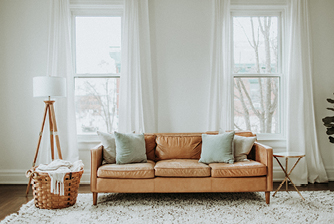
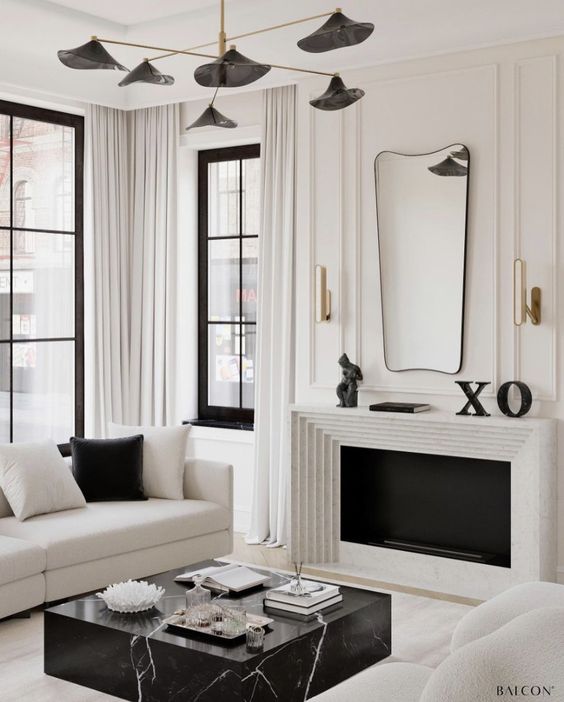 Contrast
Contrast 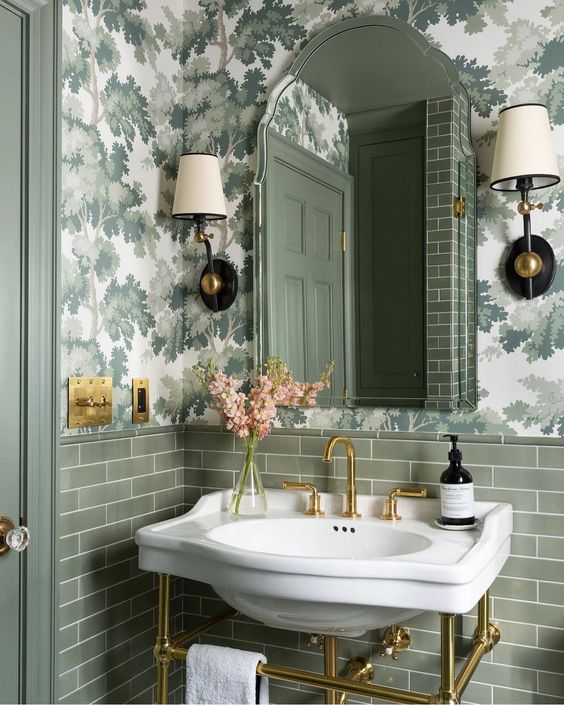 Goodbye Beige
Goodbye Beige 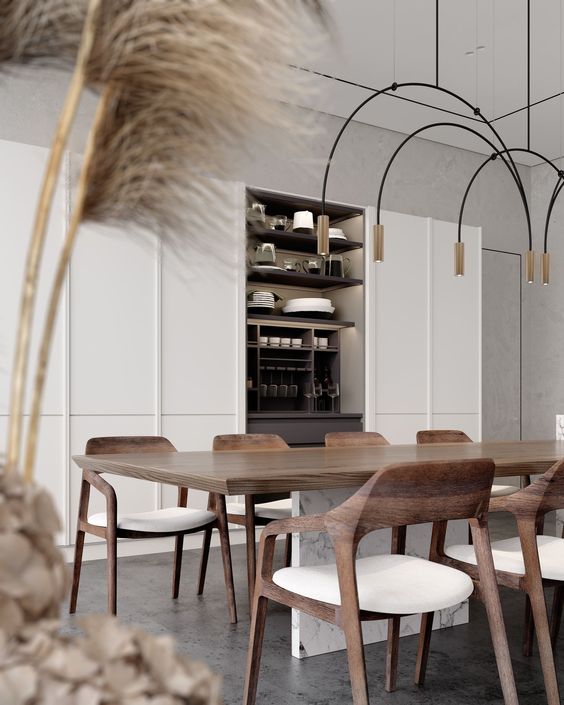 Rich Timbers
Rich Timbers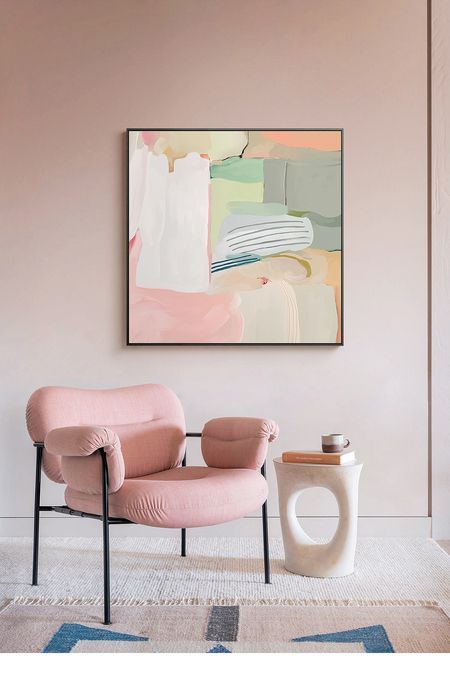 Large Scale Artwork
Large Scale Artwork 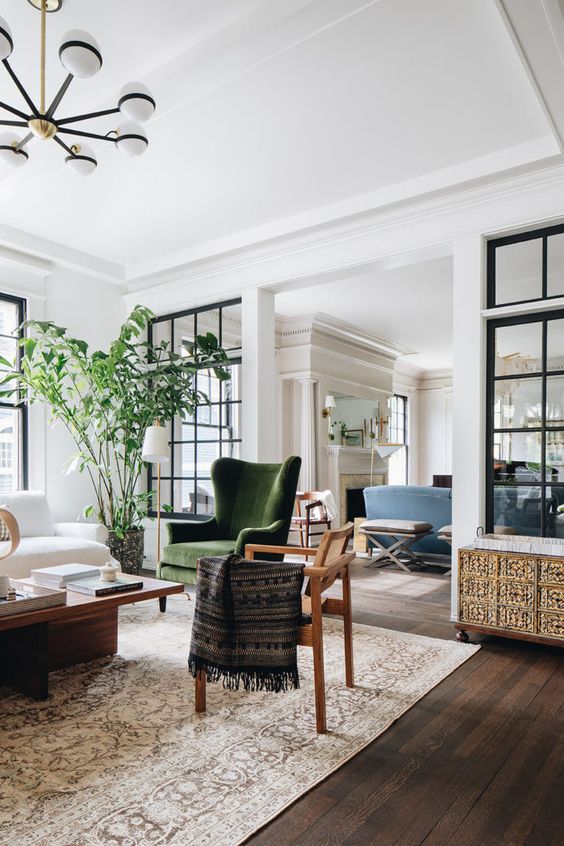 Mixing Old And New
Mixing Old And New 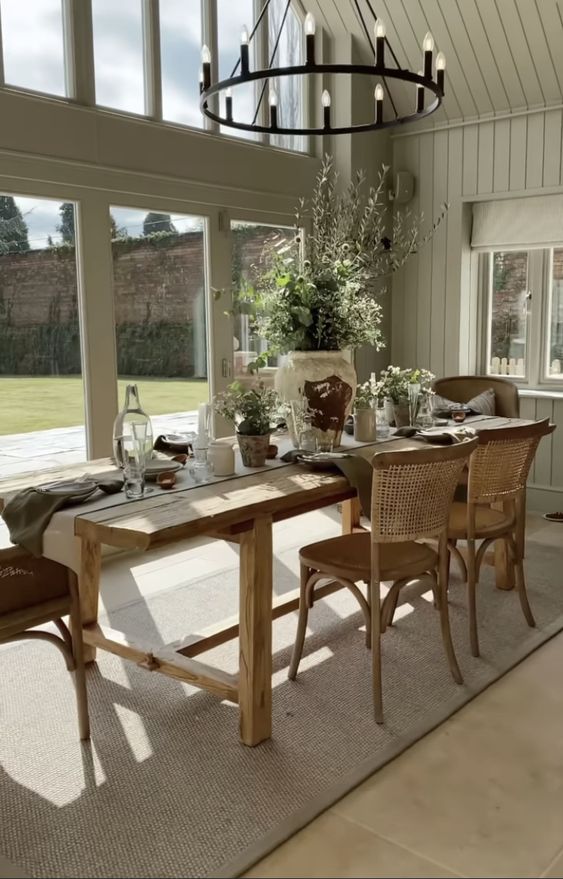 Subtle Greenery
Subtle Greenery 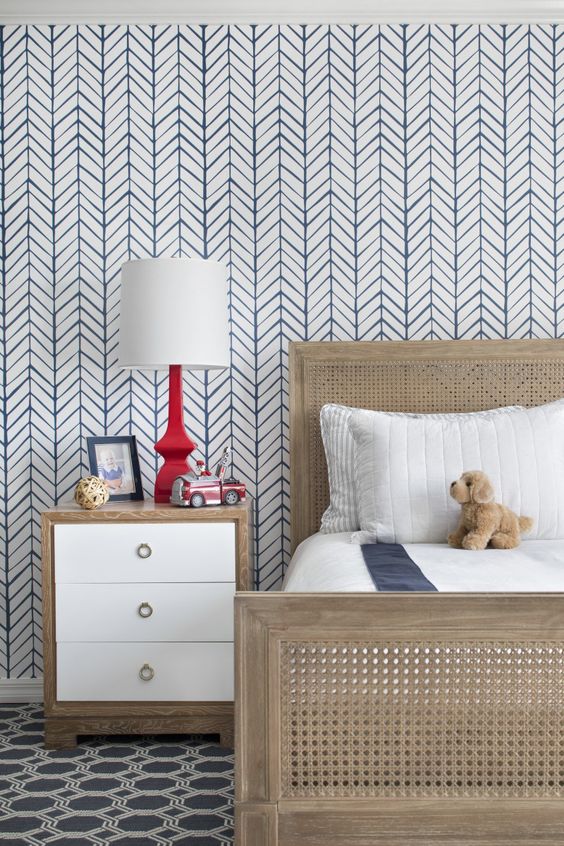 Timeless And Durable Furniture
Timeless And Durable Furniture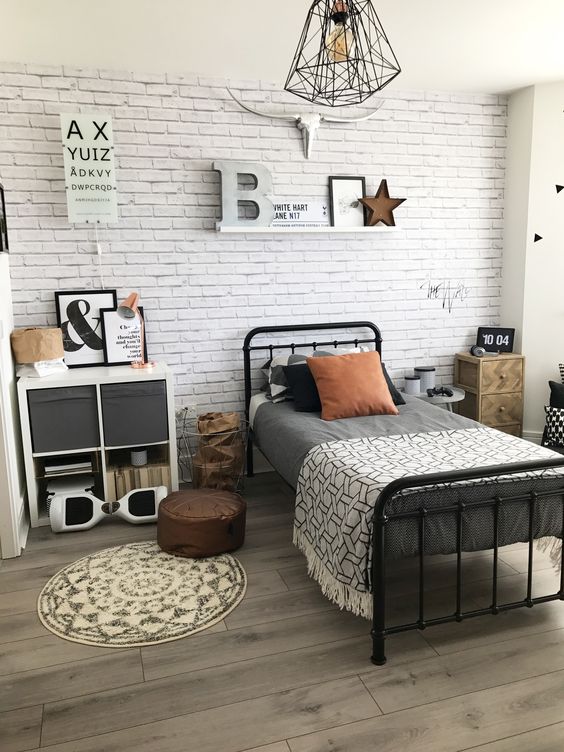 Have Fun With Decorative Accessories
Have Fun With Decorative Accessories  Storage And Organisation
Storage And Organisation 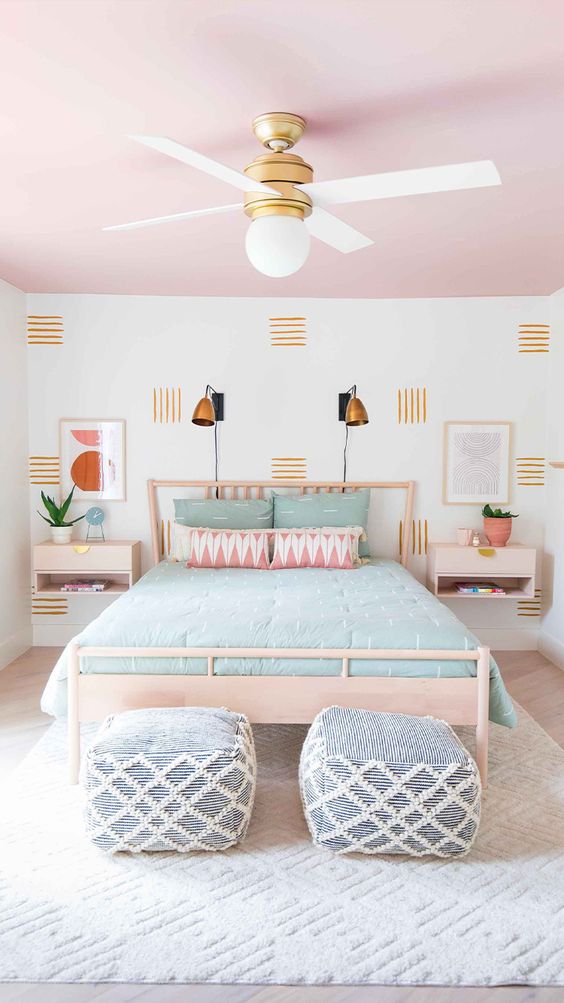 Be Creative With Paint And Removable Wallpaper
Be Creative With Paint And Removable Wallpaper 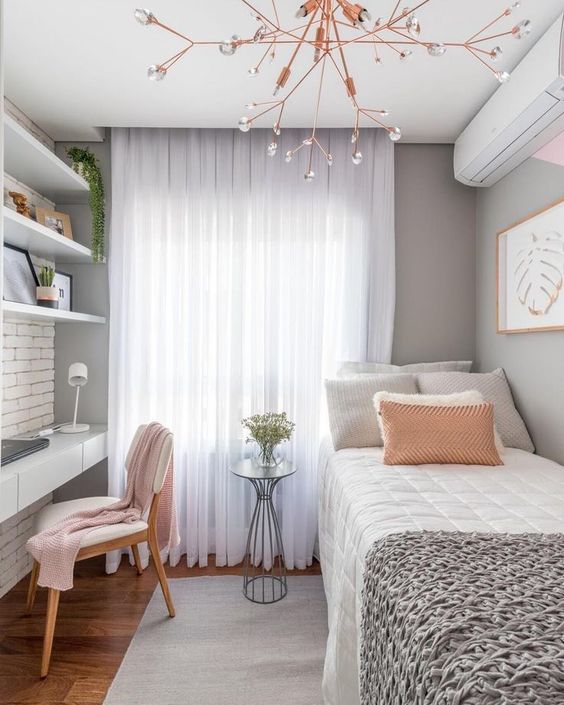 Create Zones
Create Zones Tip 1 – Floating Shelves
Tip 1 – Floating Shelves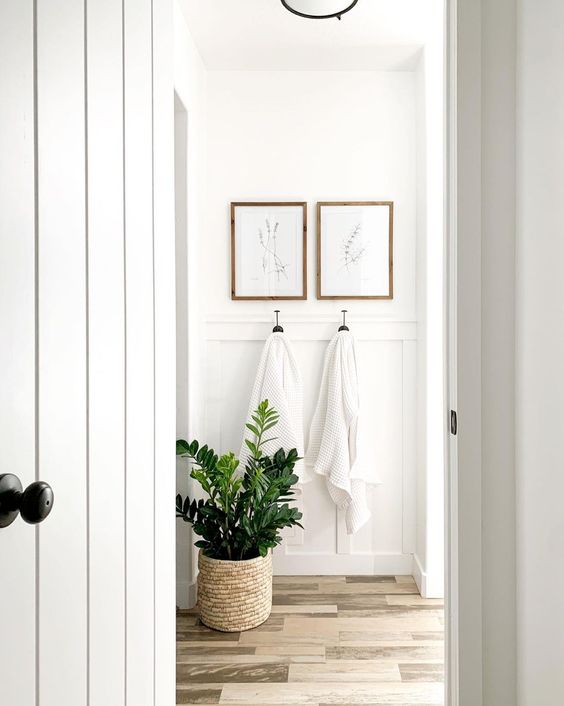 Tip 2 – Use Artwork
Tip 2 – Use Artwork Tip 3 – Creating Vignettes
Tip 3 – Creating Vignettes Tip 4 – Ensure Your Cupboards Are Organised
Tip 4 – Ensure Your Cupboards Are Organised Tip 5 – Bring Life In With Greenery
Tip 5 – Bring Life In With Greenery Tip 6 – Use Timber & Texture
Tip 6 – Use Timber & Texture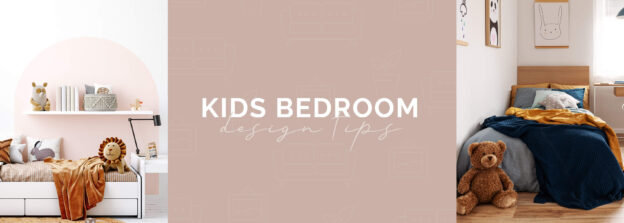
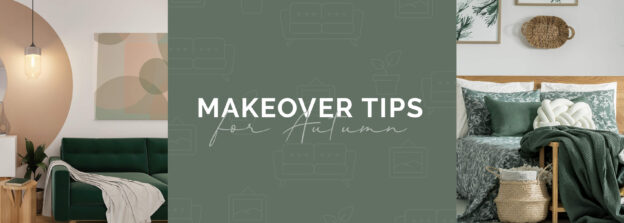
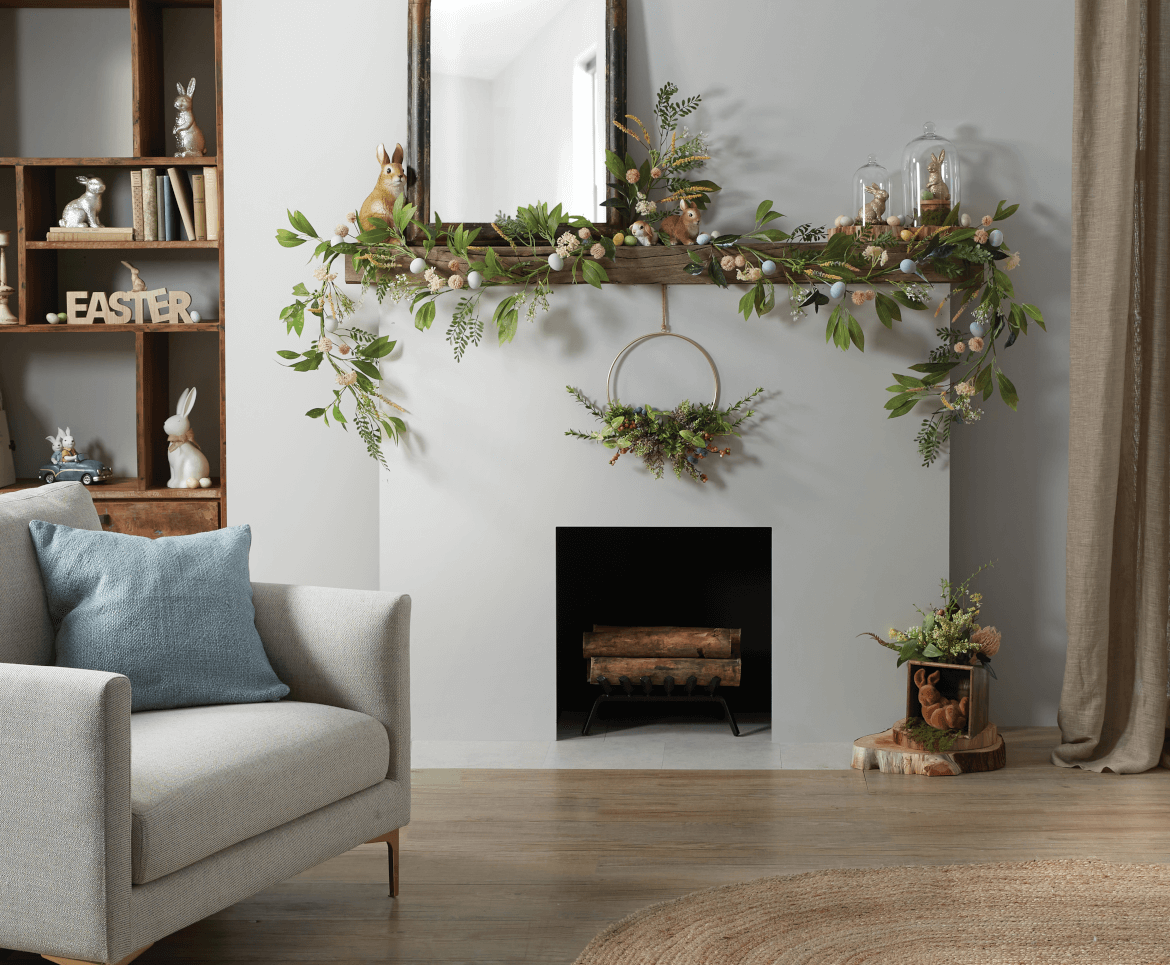 Greenery Galore
Greenery Galore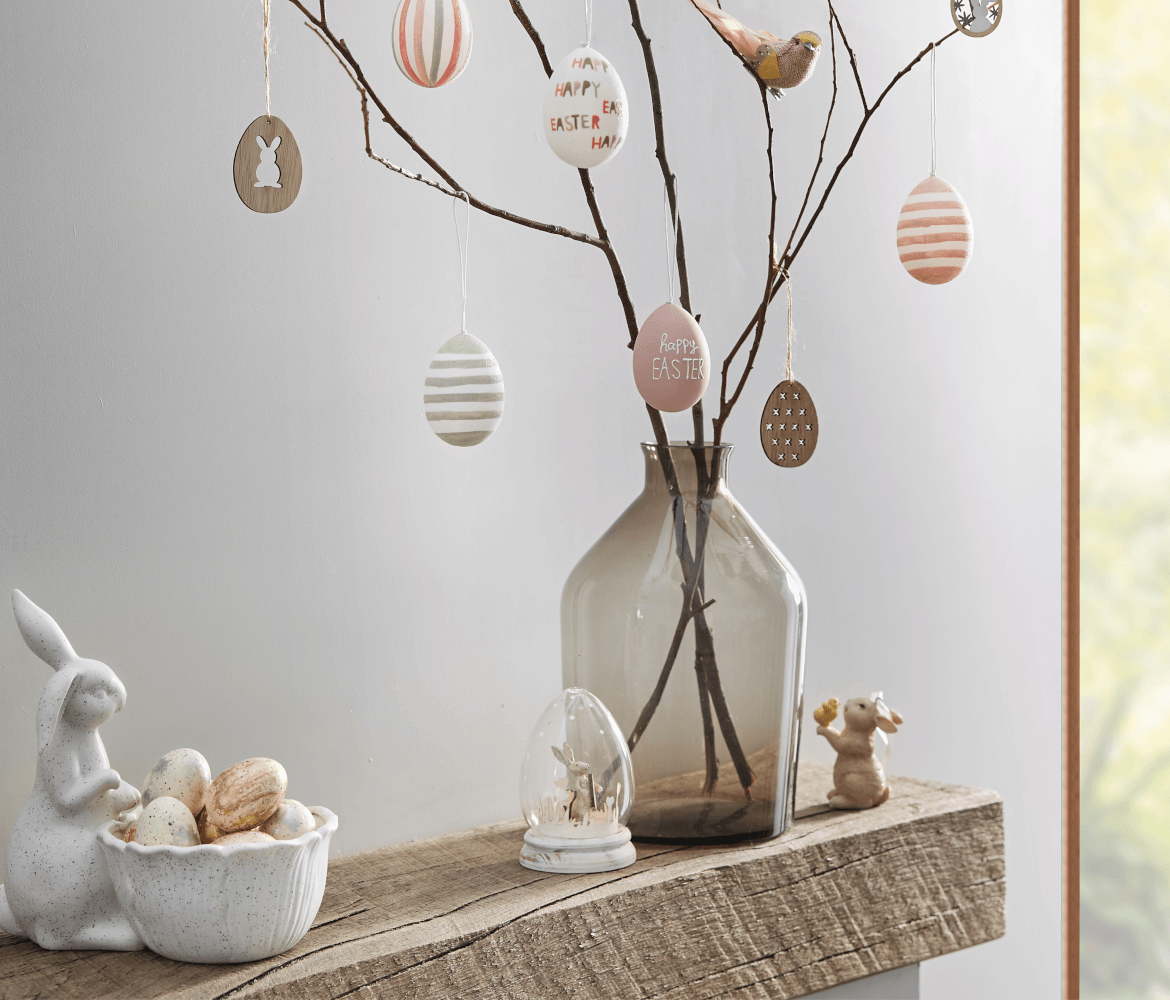 Home Décor For The Season
Home Décor For The Season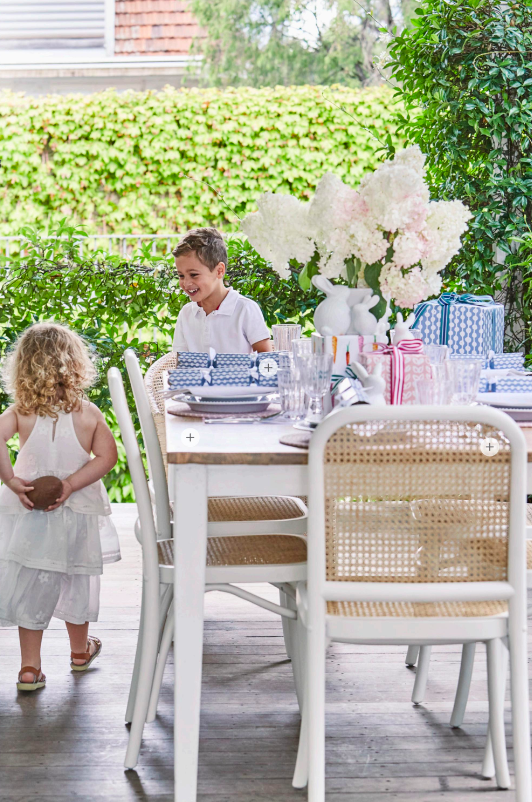 Fun Prints
Fun Prints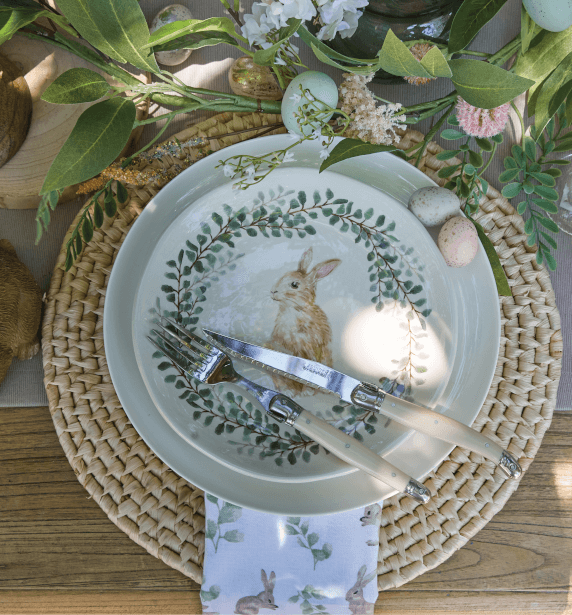 A Floral Tablescape
A Floral Tablescape